

Best One-Day Hiking Tours from Yerevan
This article provides a comprehensive guide to the best one-day hiking tours from Yerevan, Armenia's capital. These private, guided tours are designed for your convenience, typically beginning early in the morning at around 7:30 AM and concluding back in Yerevan by 6:00 PM. We invite you to explore the hiking destination that excites you most and book your adventure. To arrange a tour with Armenian Explorer, simply scroll to the bottom of the page to find my contact information.
Mount Azhdahak (3597m.)
Reaching the highest peak of the Geghama Mountain Range is one of those adventures that stays with you long after you return home. The journey begins in Yerevan, and after an hour’s drive, we reach Geghard village, where a 14-kilometer off-road trail begins—a rocky path that in places requires slowing down, but is full of character. Along the way, you'll encounter flocks of sheep lazily crossing the slopes and eagles circling overhead.
The classic hike starts at the foot of Mount Paytasar (3,000 m), with an elevation gain of 600 meters over 5.5 km one way. In cases where tourists are less prepared, I drive all the way to the foot of Mount Azhdahak, from where only a 50-minute hike is needed to reach the summit.

The view from the summit of mount Azhdahak
The reward for the climb is Azhdahak’s crown jewel: a crystal-clear crater lake perched at over 3,500 meters above sea level. In summer, its icy waters tempt the brave to take a plunge.
From the edge of Azhdahak crater, dramatic, almost apocalyptic landscapes open up before you. This is the very place where, millions of years ago, an asteroid struck, leaving behind the distinctive crater you see today. On a clear day, Lake Sevan shimmers on the horizon, while Dragon Lake and Akna Lake complete the unforgettable panorama.

I drove all the way to the foot of Mount Azhdahak, from where only a 50-minute hike is needed to reach the summit! Notice the layer of dust on the car after crossing the rugged terrain.

The Geghama Mountains are rich in petroglyphs and vishapakars (dragon-stones), megalithic marvels that reflect Armenia’s prehistoric architecture, craftsmanship, and traditions. Dragon-stones, or vishaps, are enigmatic monoliths found near high-altitude springs and lakes, believed to be connected with ancient water worship. Dating back thousands of years, these monuments are among the oldest in Armenia, offering unique insights into the country's earliest human activity and symbolic world.

The Geghama Mountains are home to thousands of petroglyphs — rock carvings that serve as Armenia’s earliest “written” monuments. They depict hunting scenes, daily life, wild and domestic animals, as well as celestial bodies like the Sun, Moon, and constellations. Some even show natural phenomena such as lightning. Among the most common figures is the bezoar goat, once widespread in Armenia’s highlands and key to early goat and sheep domestication. Particularly striking are the lifelike deer carvings, noted for their artistic quality, and depictions of now-extinct fauna such as the elk. These images are not only art but also valuable records of Armenia’s prehistoric environment and culture.
For more information about the hike to mount Azhdahak check out this tour itinerary!
Mount Aragats
Mount Aragats is the highest mountain in Armenia, with four distinct summits named after their geographical positions: North, South, East, and West. The southern summit (3,888 m) is the most popular choice for hikers, mainly because it’s the easiest to reach In just 1 hour and 10 minutes from Yerevan, you can drive up to Lake Kari at 3,200 meters — the classic starting point for the climb. From here, it’s roughly 5.5 km to the top of the southern peak.

The 4 summits of mount Aragats! It's up to you to decide which summit to conquer!
While Lake Kari (3200m) is a convenient and budget-friendly starting point for all four summits, those aiming for the more challenging northern and eastern peaks often prefer to start from Gegharot Waterfall (3000m). This route shortens the hiking distance, but reaching the waterfall requires a high-clearance vehicle, unlike Lake Kari, which is accessible even by a regular sedan.
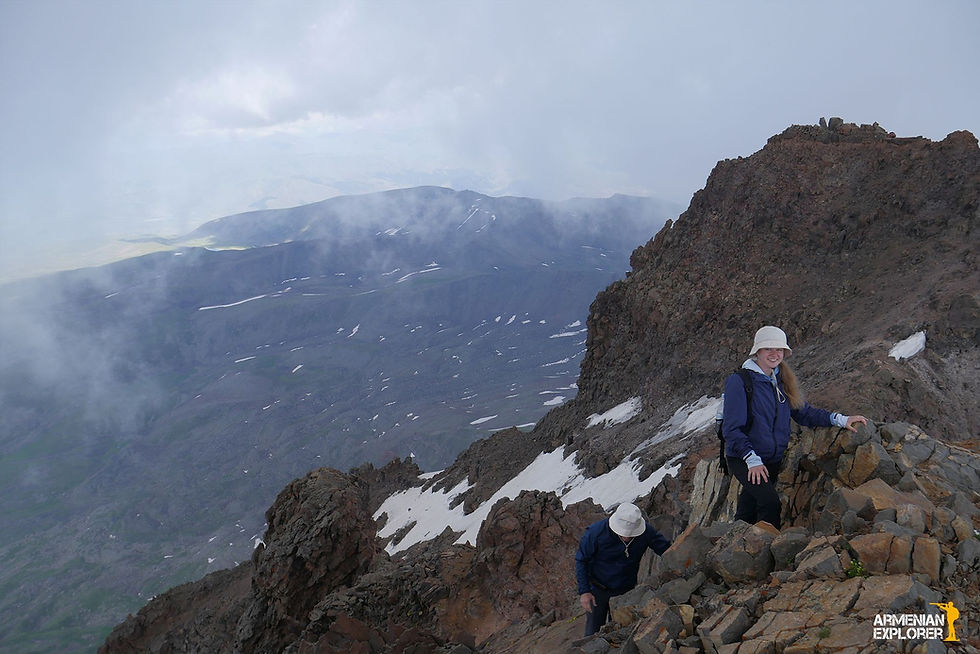
We are crossing the last difficult part of Northern Aragats to reach the summit (4090m)
If you’re fit and want to push your limits, it’s possible to conquer two summits in a single day — for example, the Southern (3888m) and Western (3995m) peaks. Another great option is to split the adventure over two days: start from Lake Kari, climb the Southern and Western summits, then spend the night camping inside Aragats’ massive crater. The next morning, continue with the Northern (4090m) and Eastern (3908m) peaks, and finally descend to Gegharot Waterfall (3000m), where an off-road vehicle will be waiting.

Mount Artanish (2460m.)
Located on Artanish Peninsula on the eastern shore of lake Sevan mount Artanish is perfect for hiking during all 4 seasons of the year. It is the only peak from which the entire lake Sevan can be seen. With an altitude of 2460 meters the mountain offers a moderate hiking difficulty. You will need 5km to get to the summit from the starting point.
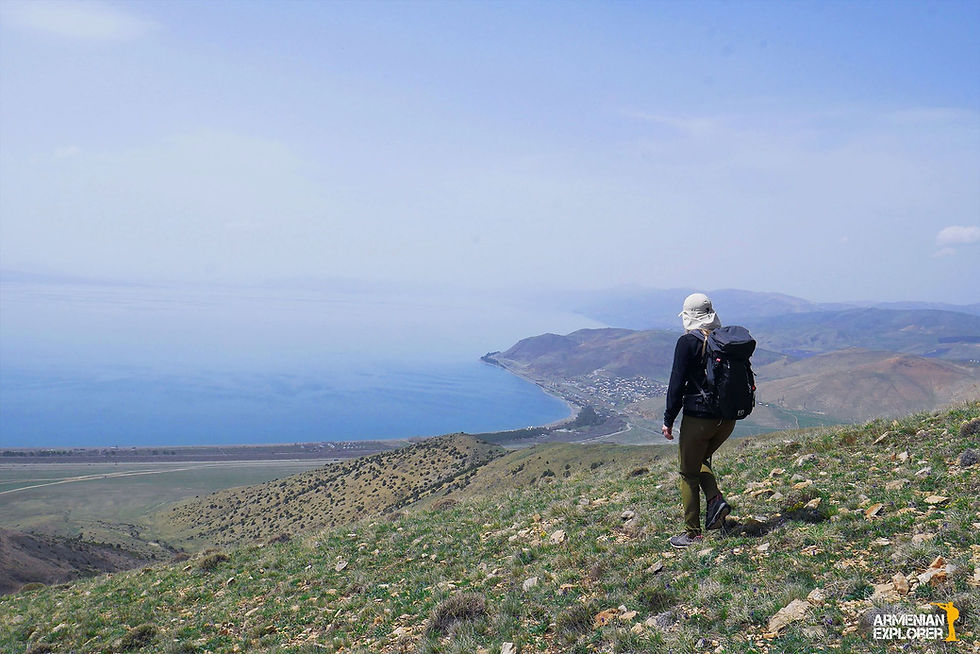
For more details about this hike check out the itinerary.
Mount Dimats (2360m)
This destination is another must go hike in Armenia. Up to the summit one can get via off-road car but here is the case. During my tours I have started driving up to Armenia’s highest Shaghot waterfall and start the hike from there, instead of starting from the Teghut village, since I have noticed that the 8.5 km one way is too exhausting for hikers. An alternative can be driving up to Dimats mountain and conquering mount Sartsapat instead, rewarding ourselves both with an off-road adventure as well as a pleasant hike.
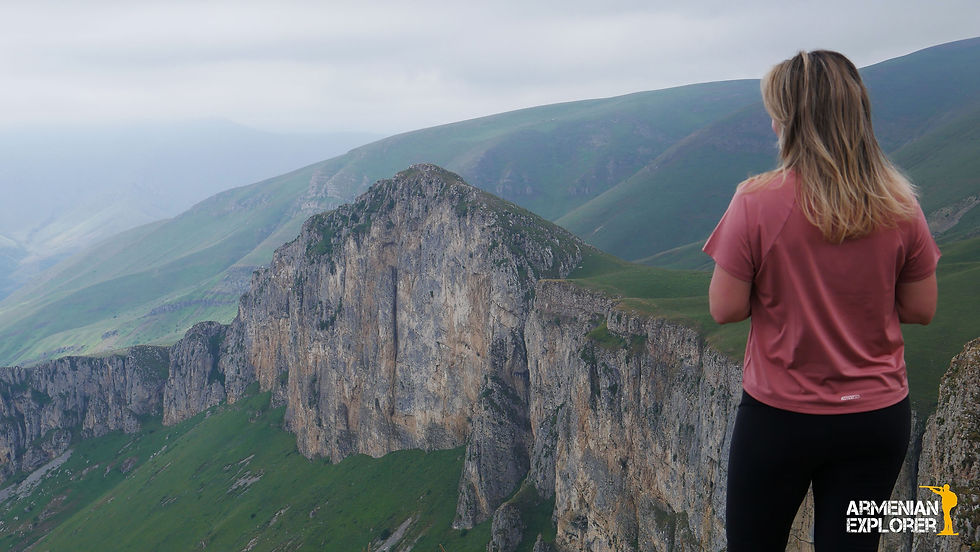
For more information check out this itinerary.
Aparan Reservoir Loop Trail
Located just an hour’s drive from Yerevan, the Aparan Reservoir offers a memorable hike through dense forests and alpine meadows. Suitable in all seasons, it is a must-visit destination for anyone seeking a pleasant outdoor stroll.

The trail is divided into two loops: the Big Loop and the Small Loop, though you can also combine them for a longer hike. The Big Loop is slightly more challenging, with some ascents, while the Small Loop is easier. Both trails wind through beautiful pine forests and vibrant alpine meadows.
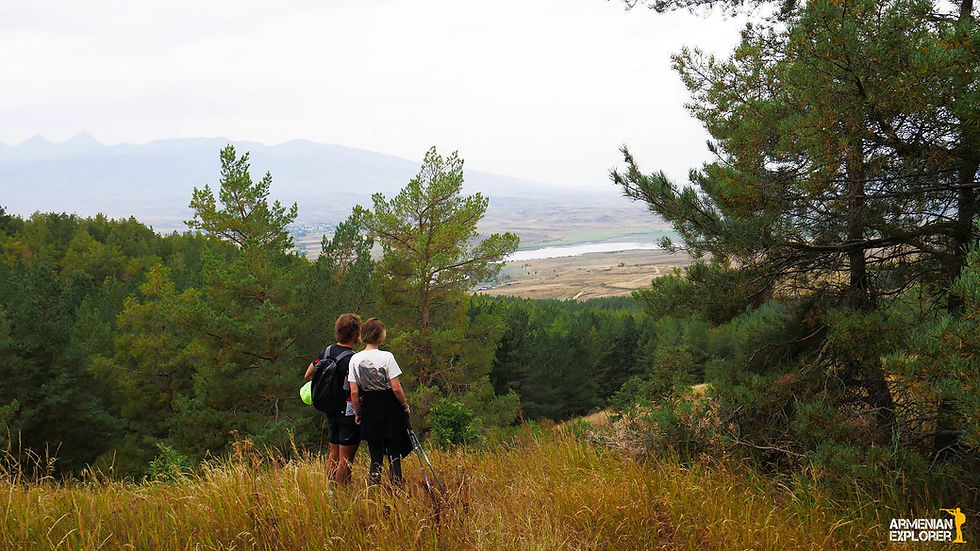
As the name suggests, the trail is a loop-type path. Along the way, hikers can visit the 4th-century St. Poghos-Petros Basilica, which partially submerges under water for 3–4 months each year, adding a unique historical element to the scenic journey. For more information check out the full itinerary!
Smbataberd fortress and Tsaghats Kar monastic complex
For hikers interested in historical sites, Smbataberd Fortress is a must-visit destination. Perched atop a mountain, the fortress offers breathtaking views of Yeghegis village and the surrounding mountains. Along the trail, you’ll also encounter the Tsaghats Kar Monastic Complex and its khachkars, before finishing in Yeghegis village near the 14th-century Zorats Church. Smbataberd is one of the best-preserved medieval fortresses in Armenia, making it both a scenic and culturally rich highlight of the hike.
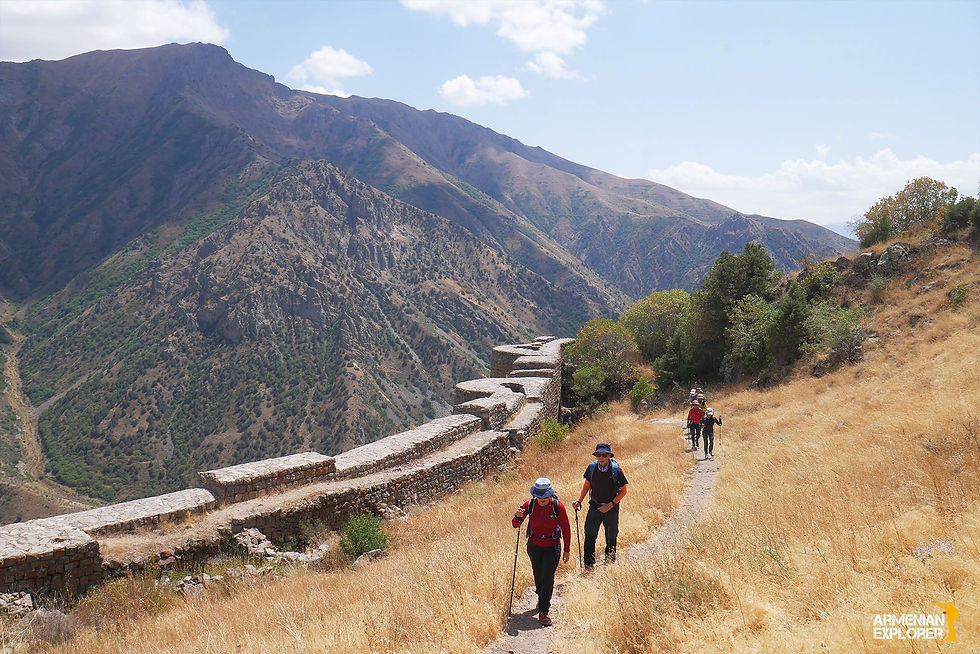
The hike from Yeghegis Village to Smbataberd Fortress covers about 2.5 km and takes roughly one hour. From the fortress, the trail descends and then climbs again toward the Tsaghats Kar Monastic Complex, a 3.5 km stretch that takes approximately 1.5 hours. Tsaghats Kar consists of two groups of structures, separated by about 200 meters (656 feet), and the site leaves a lasting impression on visitors. The upper complex, in particular, carries a mysterious aura that captivates hikers. After exploring Tsaghats Kar, the trail continues back down toward Yeghegis Village, leading to Zorats Church, located about 3.5 km away. This marks the end of the route.
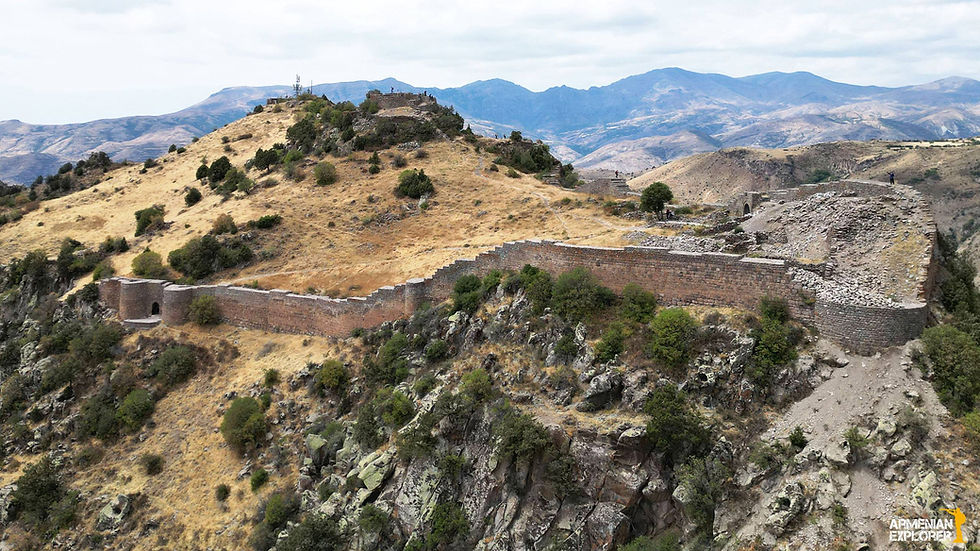
For more information check out the full itinerary.
Lastiver Trail
Another wonderful hiking destination is the Lastiver caves and cascades, a perfect year-round adventure. The trail stretches 3.5 km one way along the forested banks of the Khachaghbyur River.
Lastiver gained wider recognition in the early 2000s when ecotourism enthusiasts began organizing regular trips to this magical spot. It is home to a two-story cave perched on the steep slope of a canyon near the river’s majestic gorge. Surrounded by towering trees, rugged cliffs, and the soothing roar of the river, the area feels like stepping into a fairy tale.

In the 1970s, Soviet-Armenian sculptor Benik Petrosyan decorated the cave walls with striking bas-reliefs, giving it an even more mysterious aura. Many visitors mistakenly believe the carvings date back to ancient times, which only deepens the sense of wonder. At the bottom of the gorge, a stunning waterfall completes the landscape, blending naturally into Lastiver’s rich ecosystem. The pristine environment makes it a beloved destination for ecotourists and nature lovers alike.

For those seeking more from this hike, it is highly recommended to continue on to Okon Monastery, built in 1863. In front of the monastery stands a khachkar (cross-stone) dating back to the 12th–13th centuries.
For more information check out the full itinerary.
Note: All these private tours are customizable and can be combined with both sightseeing and camping tours. Contact Armenian Explorer via WhatsApp or Telegram at +374 55677868, and we will already customize the upcoming tour together.
Project Gallery




























